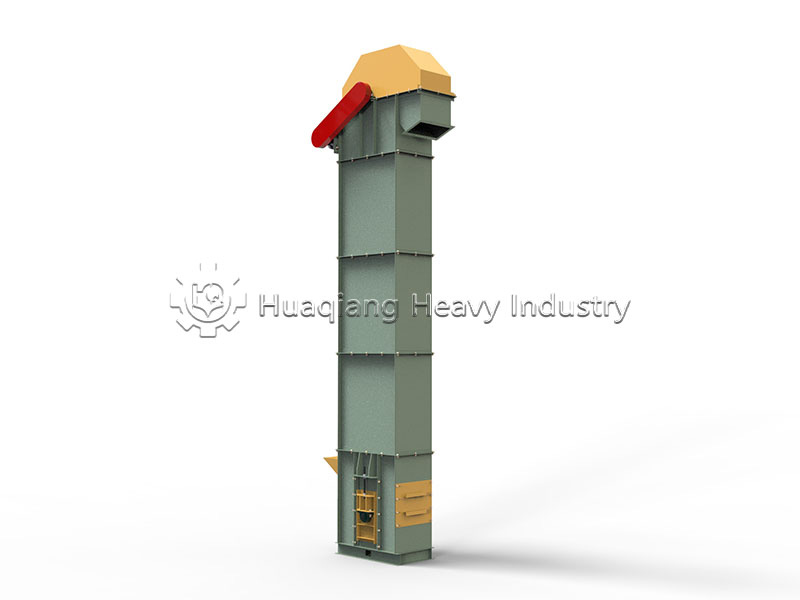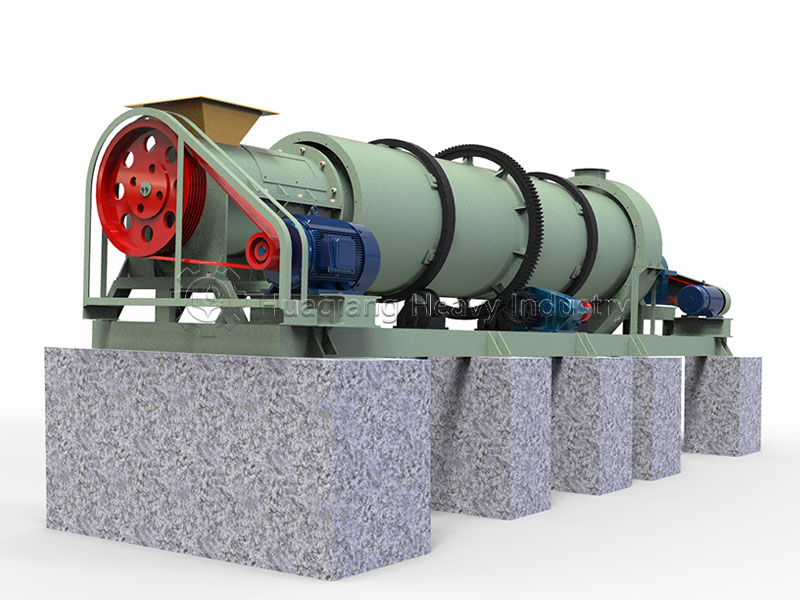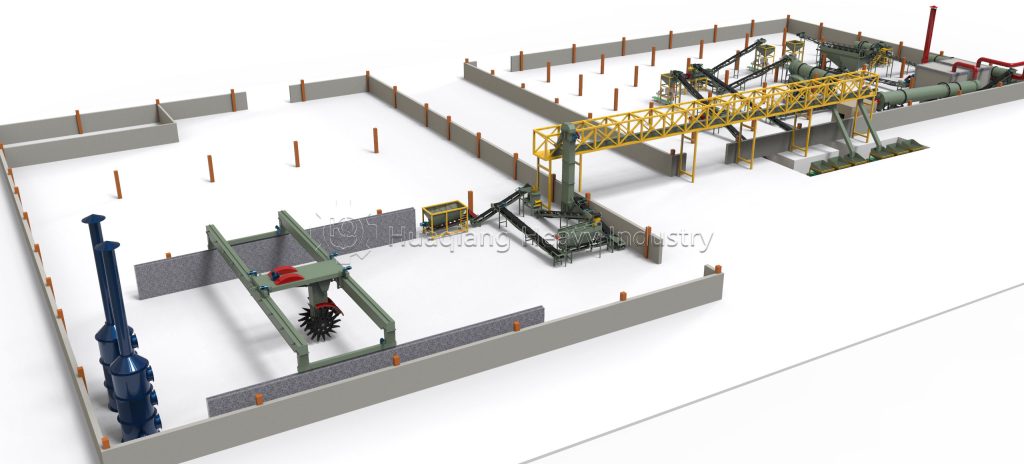In the organic fertilizer manufacturing process, organic fertilizer granulators play a crucial role in transforming loose powdery materials into dense granules. This transformation is a key step in upgrading powdered fertilizer to commercial fertilizer, significantly improving its application and commercial performance.
As a critical node in the organic fertilizer production line, the stable operation of the granulator is essential. It works closely with upstream and downstream conveying, drying, and packaging equipment to form an automated, large-scale integrated system. Its efficiency and yield are important indicators for evaluating the performance of the entire production line.
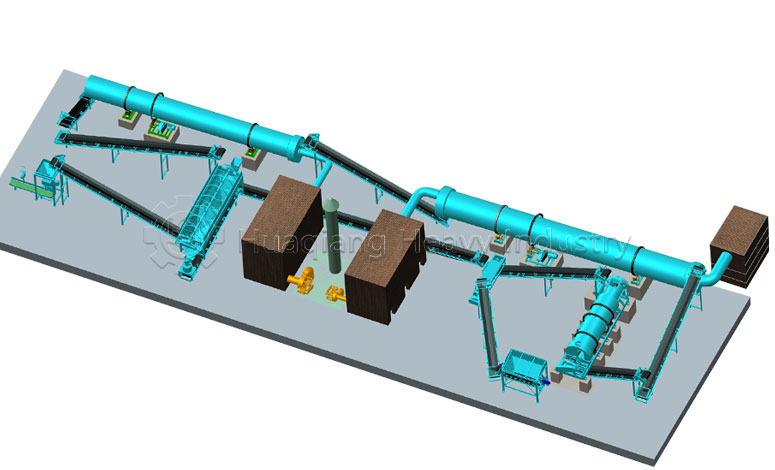
With technological advancements, modern organic fertilizer granulators have demonstrated greater compatibility. When dealing with different raw material characteristics, the mechanisms they employ sometimes resemble the molding method used by NPK fertilizer granulator machines for inorganic salts, ensuring that the produced granules have sufficient strength and compressive strength to meet the stringent requirements of mechanized fertilization.
Therefore, the role of organic fertilizer granulators extends far beyond simple “shaping.” It is an important guarantee for achieving standardized and large-scale production, successfully transforming the originally low-value and easily damaged powdered organic fertilizer into a high-value and easy-to-manage granular product, laying a solid foundation for the popularization and promotion of organic fertilizer.
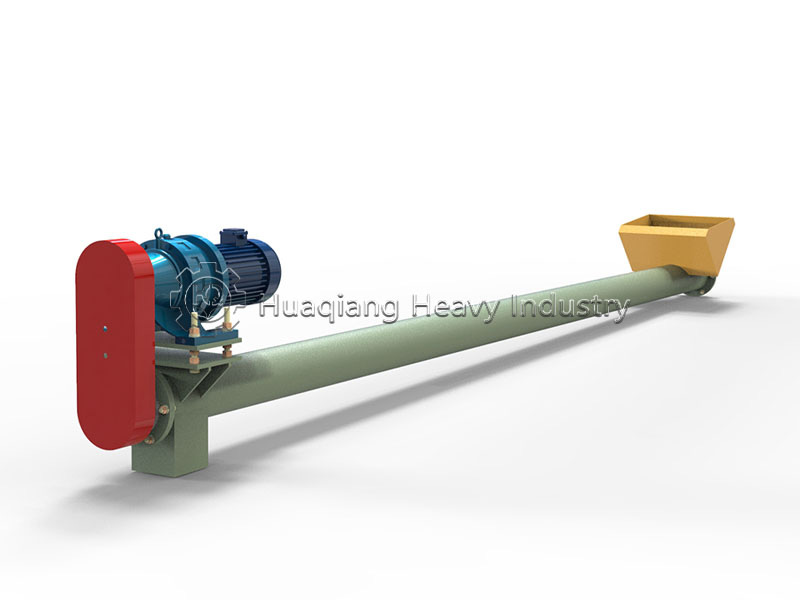
.jpg)



